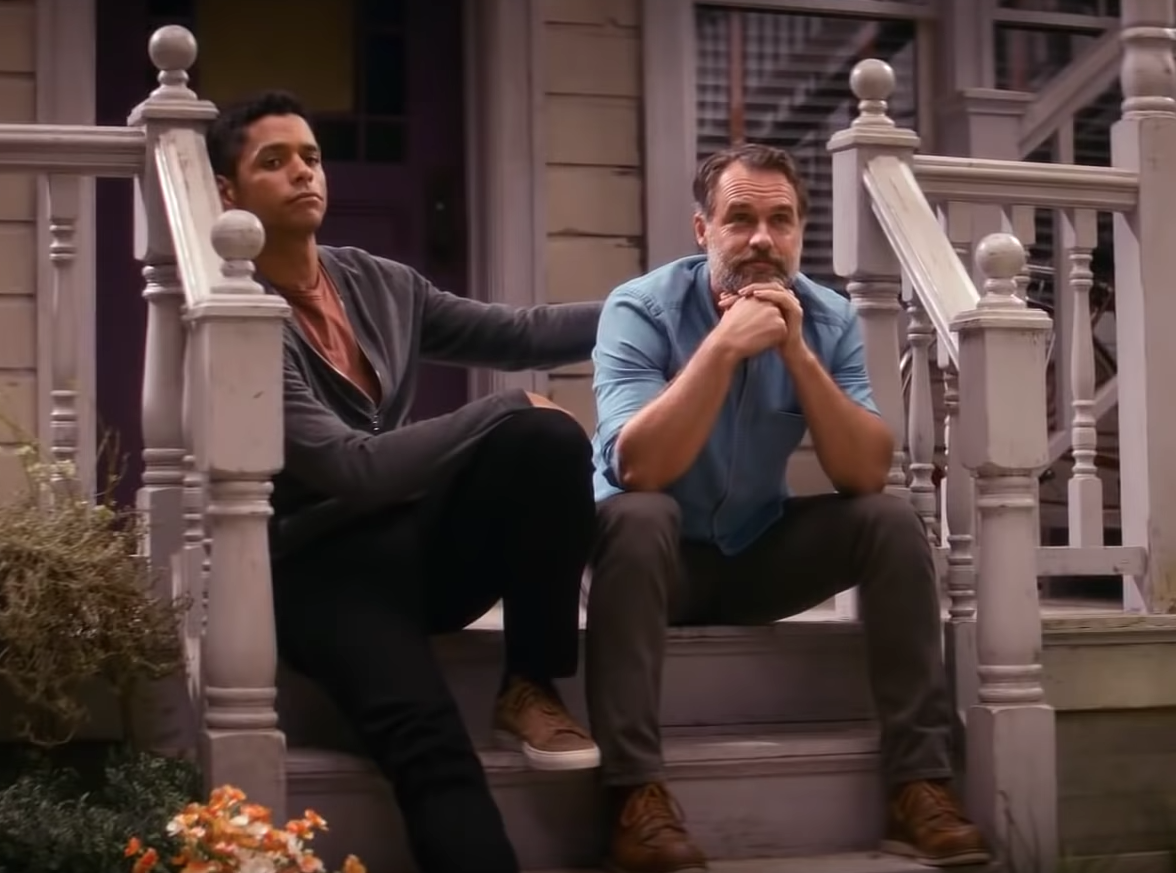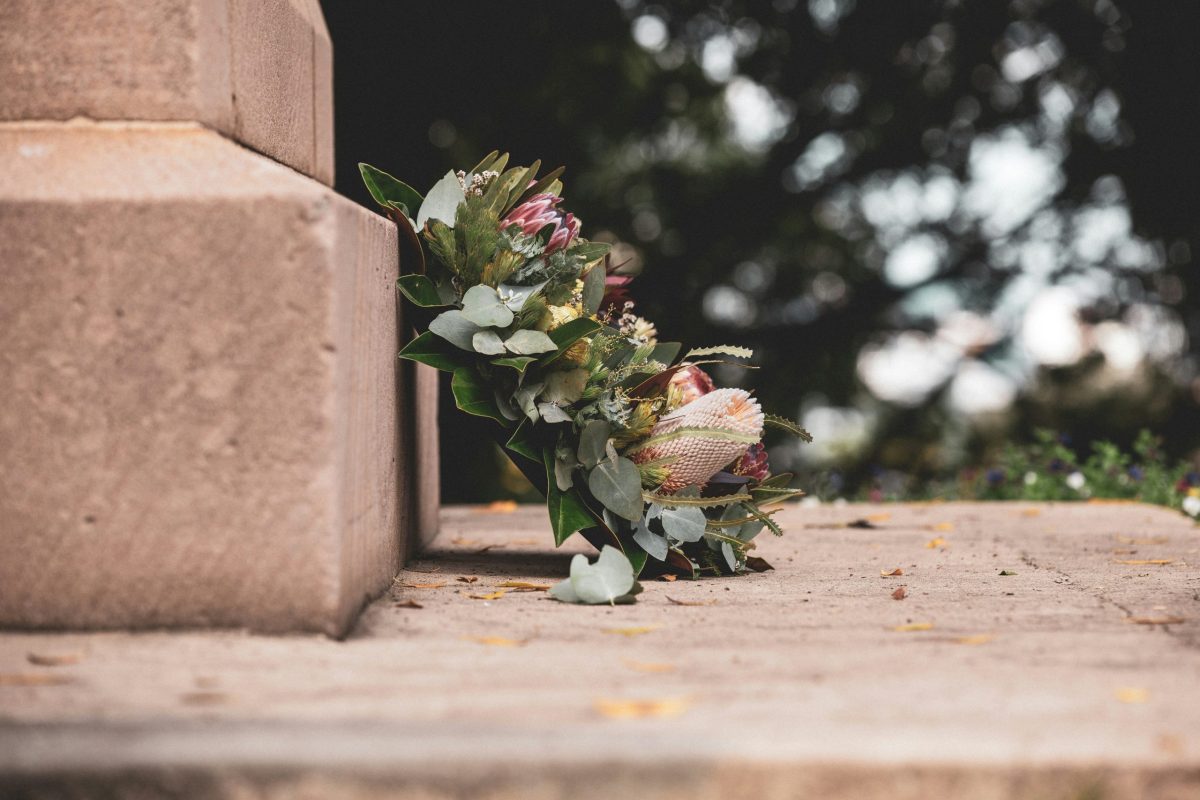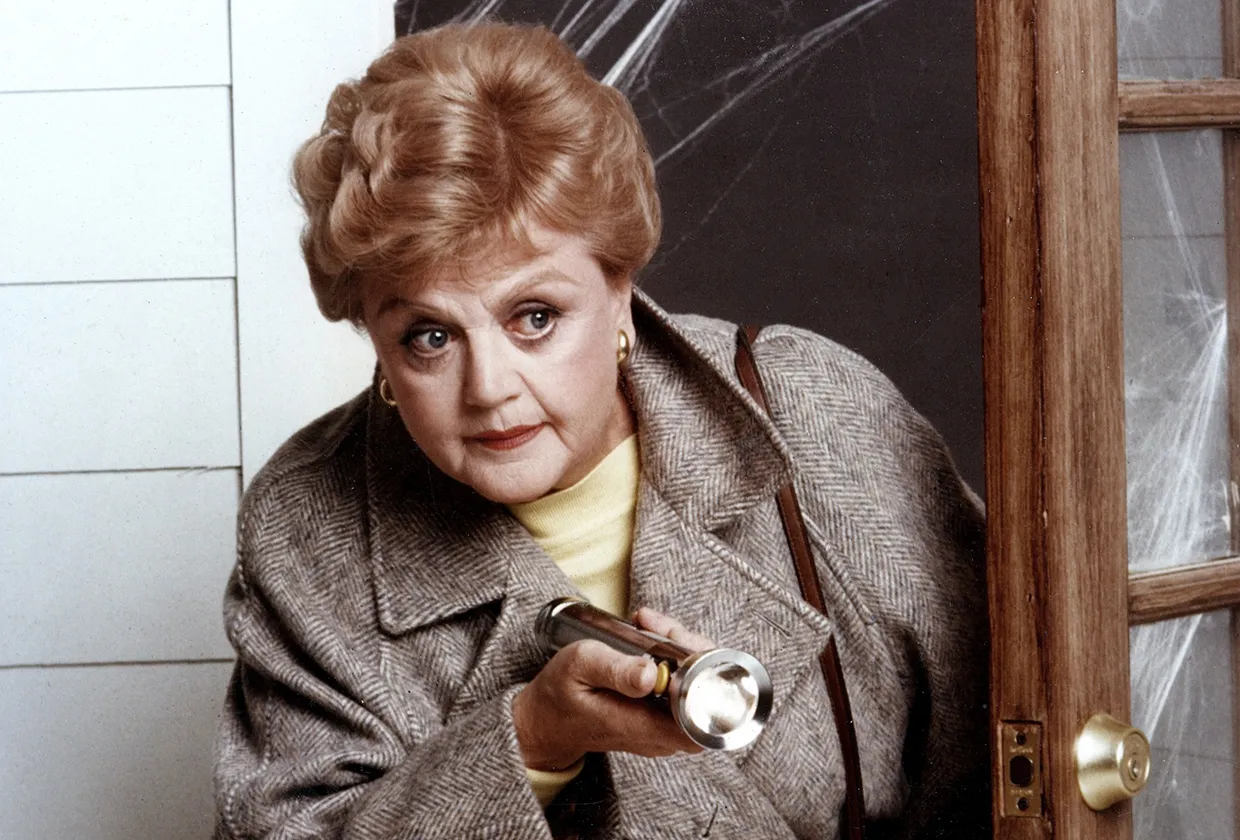interviews
Rebecca Godfrey Investigates the Murder That Shook Her Hometown
Jenny Offill talks to the author of "Under the Bridge" about being a fiction writer working in the true crime genre

In 1997, 14-year-old Reena Virk was found murdered in Victoria, British Columbia. The case shocked Canadians, especially when they learned how Virk had been violently bullied and beaten by a swarm of teenagers she was trying to befriend—two of whom were eventually convicted of her murder. After learning about the crime, Rebecca Godfrey, a New York City–based writer who grew up in Victoria, returned to her hometown to learn more about what happened there.
The resulting book, based on six years of research, became a best-seller, and Godfrey was lauded for her wide-ranging vision and novelistic approach to true crime reporting. Originally published in 2005, Under the Bridge has just been reissued with a foreword by Mary Gaitskill and an afterword by the author.
I spoke to Rebecca Godfrey about being a fiction writer working in the true crime genre.
Jenny Offill: How did you first hear about this story?
Rebecca Godfrey: I first heard about the murder of Reena Virk from an article in The New York Times. I was very surprised to read under the headline that the “grisly slaying” had happened in Victoria—the small town I grew up in, which is a very quiet, pastoral place. It’s very unusual to see Victoria mentioned in an American newspaper, and even more unusual for the mention to be in connection with a murder. It’s usually mentioned in articles about tourism or salmon.
At the time, I was finishing up my first novel, The Torn Skirt, which was about teenage girls who become involved in a crime in Victoria. My friends and family started calling me, saying, “Your novel has happened in real life.” I was curious about the case, and if there were parallels, who these girls were, if I knew anyone involved.
So I went back to Victoria, and started asking around. I went into the youth prison, talked to some teenagers at the courthouse. The teenagers were really intriguing to me, right away, because they weren’t “Trenchcoat Mafia” types; they were the popular kids. No one could understand how they ended up involved in a murder.
JO: Were you at all hesitant to move from fiction to non-fiction?
RG: I was so compelled by the case that I didn’t think too much about it. I just wanted to learn more about these kids and what had happened, and to do so, I needed a press pass. I got an assignment from a women’s magazine so I could cover it. I was very naive; I didn’t realize how difficult it would be. I don’t think I would have done it if I’d known how frightening and tangled it would be.
On the other hand, I found a lot of freedom in telling a story I didn’t have to invent. I never hit that wall that you do with fiction: What should happen next? This story was so dramatic, with a natural narrative momentum provided by the real life events. And it had so much suspense, which as a novelist, I was grateful for. Who will confess? Will they get away with it? Underneath that, there were more significant questions I could explore. The central one was: How does the death of a girl change the lives of others?
JO: Did you have any preconceptions about the true crime genre before your reporting began? What were the clichés you wanted to avoid?
RG: I wasn’t very interested in true crime. I associated it with those paperbacks with ripped wedding portraits dripping with red blood on the cover. I was more influenced by Crime and Punishment and In Cold Blood—works that looked closely at the consequences and character of a crime. In the book, I don’t directly depict the murder; I didn’t want to put the reader in the position of a voyeur watching a girl be killed. Structurally, I tried to give the act of killing a different weight, so it reverberates and haunts but it’s not there for entertainment.
JO: Do you think being a novelist as well as a reporter shaped the information you were looking for?
No one could understand how the popular kids ended up involved in a murder.
RG: Yes, definitely. I researched things like the weather on the evening of the murder, the items found in search warrants, the autopsy details. But I wanted to have a lot of other information that most journalists wouldn’t likely include. What did the curtains in a girl’s bedroom look like? What music was the police officer listening to? What was a mother thinking when the police arrested her daughter for murder? I had to kind of push myself and my sources to get details that were evocative or contained an emotion.
JO: What moment surprised you most during the interviews?
RG: I was surprised when the facade of the teenagers broke down. They all hid behind this attitude and defiance, using gangster or hip-hop lingo, acting very cool. This really pissed off the detectives and reporters, who would say, “They don’t get it at all. A girl is dead!” But when I spoke to them, after a while, they would reveal their grief or shame or regret. I think they constructed indifference publicly as a form of armor. But in truth, they were horrified and haunted by the fact that Reena Virk had died because of something they did or didn’t do one evening.
JO: Reena Virk was the daughter of South Asian immigrants. The girl convicted of her murder was white as were many of the other teenagers involved in the beating. How did race and gender seem to intersect in these stories?
RG: Most people assume it was a case of seven white kids bullying and killing a girl of color. In fact, only three of the girls involved were white. This particular group of teenagers had a pretty sophisticated, modern racial dynamic. In my own reporting, I spent time with the teenagers involved and their friends and found them to be a very diverse group and I didn’t discover anything to establish racism as motive. Reena was certainly an “other” in this group – but that had more to do with beauty, religion (her parents were Jehovah’s Witness) and her gentle, fairly naïve character.
Racism was absolutely present in the justice system. The killer was given all kinds of breaks and sympathy because she looked like a nice, white girl from a “good” family. If Reena had been accused of the murder of a white girl, I don’t think she would have been given the same assumption of innocence. And the girls of color who were charged with assault were treated terribly on the stand; it was implied that one of them was the “real” killer — I assume lawyers thought that might stick with the jury because she was dark-skinned, tough-looking, and had been in foster care.
It was interesting the way the case was written about by academics—they were very critical of the media’s erasure of race. But most of the academics didn’t actually speak to the kids involved. I don’t know if you can apply theory to these teenagers who defied every stereotype. There was a blonde, pretty girl who wanted to be a gangster and had a group of minions shoplift for her. There was an Egyptian girl who was a kickboxer but stopped the initial attack on Reena. There was a trailer park kid whose mother concealed from him that he was part Metis. There was a soft-spoken, dark-skinned girl who was raised like a Dickens character, unwanted, moving from home to home. She turned out to be the most genuinely remorseful of all the girls.
JO: Since this book was published, there’s been an explosion of interest in true crime stories as seen in shows like Making a Murderer and the podcast Serial. But you were ahead of the curve in telling the story of a brutal murder in a nuanced and emotionally complex way. What do you think makes for a good true crime narrative?
How does the death of a girl change the lives of others?
RG: I have been really impressed with shows like The Wire, which isn’t true crime, but is based on real people and a historical moment, or the FX series about OJ Simpson. People are compelled by violence and crime—it’s almost primal—but it’s so easy to exploit that interest and just be prurient. So I think anytime the camera swoops and swivels around, when you get a wider perspective, our natural interest can be challenged in a meaningful way.
A lot of these more recent “prestige” shows are really quite radical in how they offer a dissection of social mores and values. Criminals aren’t presented as aberrant; we can see the forces acting on them. I think anytime you bring the scope of art to a crime story, you can bring offer some insight and meaning. Instead of just: “On July 11, Julie Jones head was bashed in.” But unfortunately, a lot of these true crime narratives still only feature women as the “dead girl.” Readers have really enjoyed learning about the real life women, prosecutor, the cop, the judge, the coroner, in Under the Bridge. They’re all really fascinating characters, more so because they exist.
JO: What are you working on now?
RG: I’m working on a novel called The Dilettante. It’s about the early life of Peggy Guggenheim, before she was a well-known collector, when she was starting her first gallery and trying to get out from under her family’s shadow and tragedies. It’s similar to Under the Bridge, in that it’s a novelistic rendering of very dramatic real events and characters.
I’ve tried to establish and discover the facts from searching out the unknown—talking to people who knew Peggy, finding unpublished manuscripts and letters, going through some pretty obscure archives. I don’t want to rely on or add to the very misogynist, inaccurate portrait of her that’s been created by a lot of male art critics and films like Pollock, where she’s so often dismissed as this sex-crazed, eccentric, silly socialite.
When she was in her thirties, she was involved in this moment where women really engaged in modernism. She lived in a manor called Hayford Hall on the moors in London with Djuna Barnes and another writer named Emily Coleman. They called it “Hangover Hall” and it’s where Djuna Barnes wrote Nightwood.
Peggy was sort of a Zelig character; she was always intertwined with these pivotal moments of history —from the Gilded Age to anarchism to modern art. The more I learned about her, the more I really fell in love with her, especially reading her letters which are so vulnerable and intelligent. She was an American trailblazer, wholly underestimated and mistreated, but very daring and reckless and enchanting. There’s been a lot of historical novels about you know, “Mozart’s Wife” or “Abraham Lincoln’s Daughter”—those stories are great and important, but I also think we need more epic, adventure stories about strange and powerful women.









